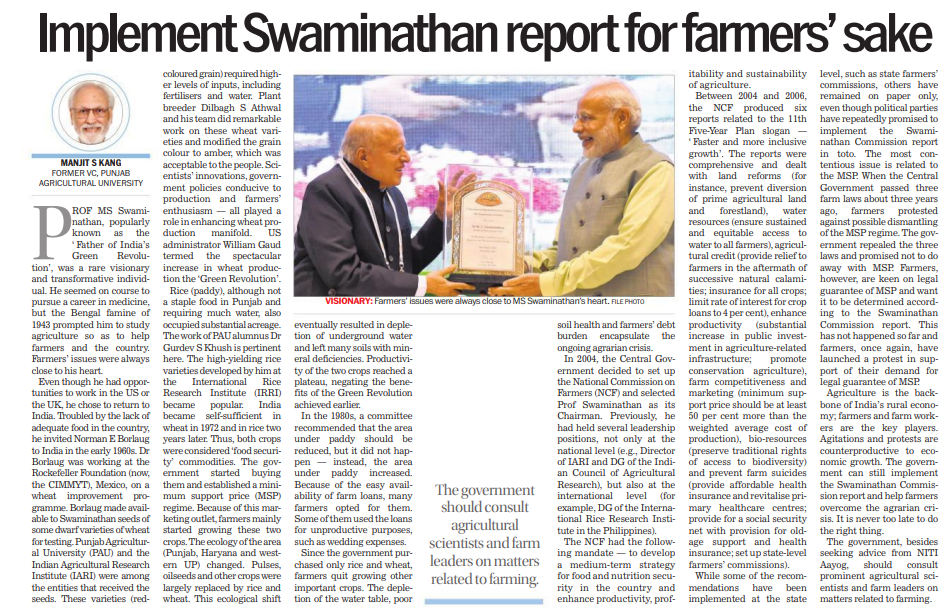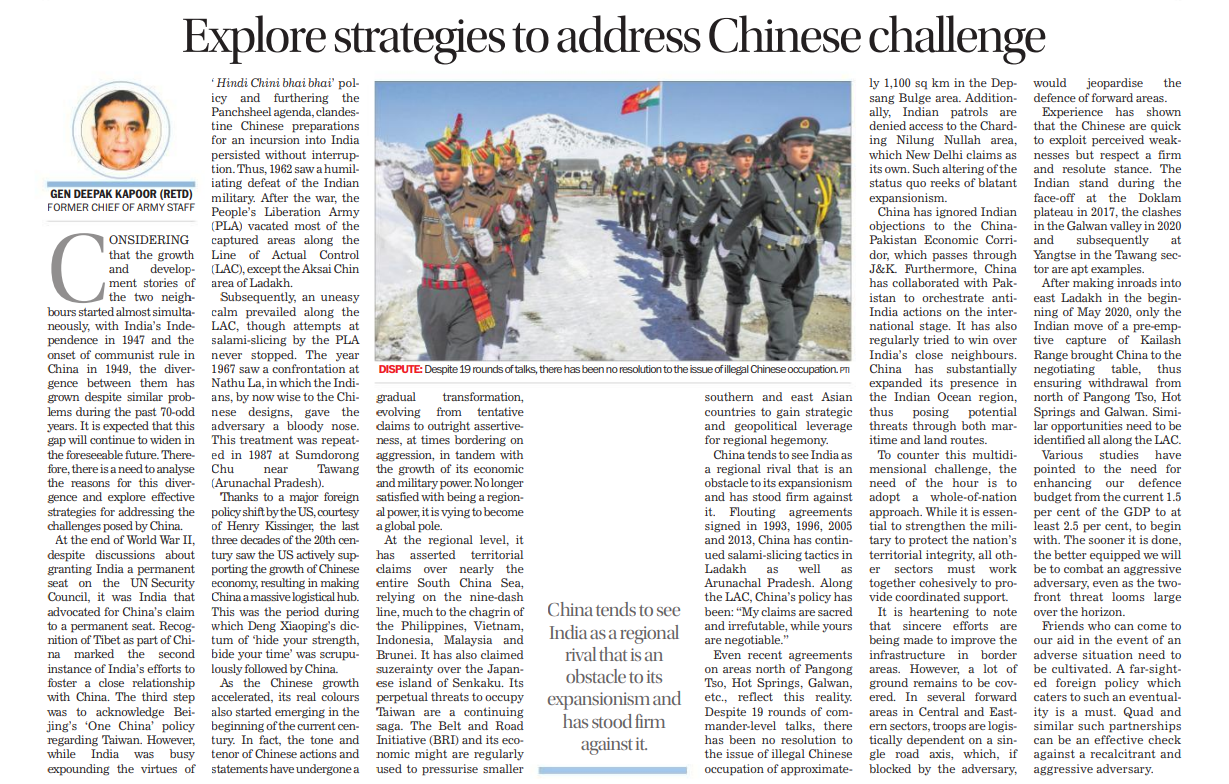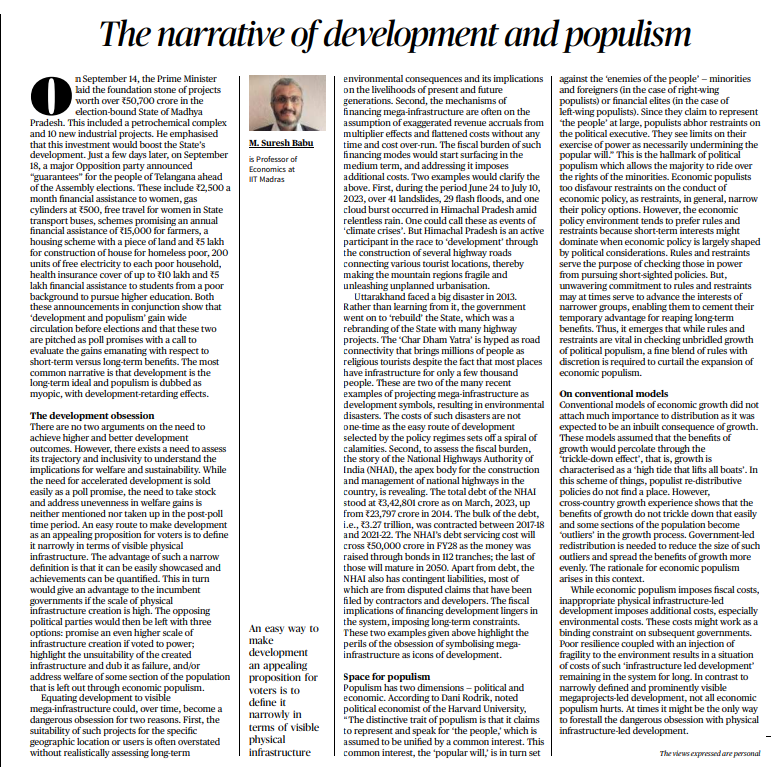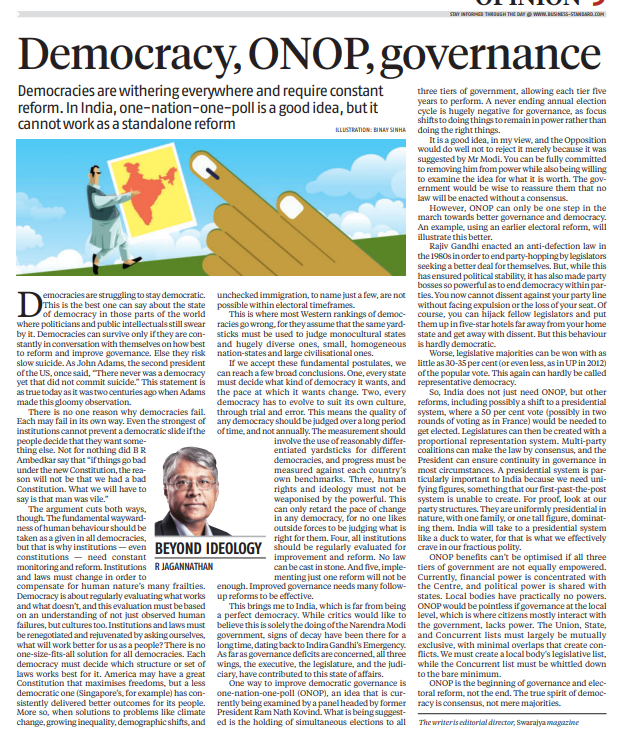The Legacy and Ongoing Impact of Prof MS Swaminathan in Indian Agriculture
Introduction:
Prof MS Swaminathan, often hailed as the ‘Father of India’s Green Revolution,’ was a visionary individual who dedicated his life to transforming Indian agriculture.
The Birth of a Visionary:
- Prof Swaminathan initially pursued a medical career but shifted to agriculture after the Bengal famine of 1943, driven by a desire to assist farmers and address India’s food scarcity.
The Green Revolution Begins:
- In the early 1960s, Prof Swaminathan invited Dr. Norman E Borlaug from the Rockefeller Foundation to India, who provided dwarf wheat varieties.
- Scientists, including Dilbagh S Athwal, modified these varieties to suit Indian conditions, leading to a spectacular increase in wheat production, termed the ‘Green Revolution.’
- Gurdev S Khush’s work at the International Rice Research Institute led to high-yielding rice varieties, making India self-sufficient in rice and wheat by 1974.
Government Intervention:
- India’s government started purchasing wheat and rice and established a minimum support price (MSP) regime, which led to a shift in crop cultivation patterns.
- Punjab, Haryana, and western UP shifted from diverse crops to primarily rice and wheat, causing ecological changes, groundwater depletion, and soil mineral deficiencies.
The Agrarian Crisis:
- In the 1980s, a committee recommended reducing paddy cultivation, but this was not implemented, and farmers continued growing it.
- Easy access to farm loans led to financial mismanagement, further eroding the diversity of crops.
- Depletion of groundwater, soil health deterioration, and mounting farmer debts encapsulated the ongoing agrarian crisis.
Prof Swaminathan’s Role in Policy:
- In 2004, Prof Swaminathan was appointed as the Chairman of the National Commission on Farmers (NCF).
- The NCF’s mandate included developing strategies for food security and improving agriculture’s productivity, profitability, and sustainability.
The Unfulfilled Promise:
- The NCF produced comprehensive reports addressing various aspects of agriculture, including land reforms, water resources, agricultural credit, and MSP.
- Some recommendations were implemented at the state level, but many remained unaddressed.
- The most contentious issue revolves around MSP, with farmers demanding legal guarantees based on the Swaminathan Commission report.
A Call for Action:
- Agriculture is the backbone of India’s rural economy, and farmers are crucial players.
- Agitations and protests disrupt economic growth, emphasizing the need for government intervention.
- Implementing the Swaminathan Commission report, with input from agricultural scientists and farm leaders, can help overcome the agrarian crisis and support farmers’ demands for MSP security.
Conclusion:
Prof MS Swaminathan’s legacy in Indian agriculture is undeniable, with the Green Revolution having profoundly impacted the nation’s food security. To address the ongoing agrarian crisis and farmers’ demands, the government must act decisively by implementing the Swaminathan Commission report and seeking expert advice to ensure the sustainability of Indian agriculture.
INDIA-CHINA RELATIONS AND STRATEGIC CHALLENGES
Introduction:
The growth stories of India and China began around the same time, post-World War II, yet over the past seven decades, they have diverged significantly.
Historical Relations:
- India supported China’s claim to a permanent seat on the UN Security Council and recognized Tibet as part of China.
- India endorsed Beijing’s ‘One China’ policy regarding Taiwan.
- Despite India’s friendly gestures, China made clandestine preparations for an incursion into India, leading to the 1962 Sino-Indian War.
Post-War Dynamics:
- The US actively supported China’s economic growth, transforming it into a global logistical hub.
- China initially followed Deng Xiaoping’s ‘hide your strength, bide your time’ approach but later became assertive and aggressive.
- China made territorial claims over the South China Sea, Senkaku islands, and continued to threaten Taiwan.
- The Belt and Road Initiative (BRI) was used for geopolitical leverage in Asia.
Current India-China Relations:
- China views India as a regional rival and has continued salami-slicing tactics in Ladakh and Arunachal Pradesh.
- Despite multiple agreements, there is no resolution to the Depsang Bulge area issue.
- China has ignored Indian objections to the China Pakistan Economic Corridor (CPEC) passing through J&K.
- China collaborated with Pakistan against India on the international stage.
- China expanded its presence in the Indian Ocean region, posing potential threats through land and maritime routes.
Addressing the Challenge:
- A whole-of-nation approach is needed to counter China’s multidimensional challenge.
- Strengthening the military is crucial for territorial integrity, but coordinated support from all sectors is essential.
- Infrastructure improvement in border areas is ongoing, but logistical dependence on a single road axis remains a concern.
- Firm and resolute stances, as demonstrated in Doklam, Galwan, and Yangtse, are effective in dealing with China.
- Identifying opportunities for negotiations along the LAC is essential.
Strategic Measures:
- Enhancing the defense budget from 1.5% to at least 2.5% of GDP is recommended.
- Building alliances with countries like the Quad can be an effective check against China’s aggression.
- Cultivating relationships with friends who can offer support in adverse situations is crucial for India’s foreign policy.
Conclusion:
India-China relations have experienced significant divergence over the years, driven by China’s assertiveness and expansionism. To counter these challenges, India must adopt a comprehensive approach, strengthen its military, and build strategic partnerships on the international stage.
Development vs. Populism in Indian Politics
Introduction
In recent political events in India, the Prime Minister laid the foundation stone for projects worth over ₹50,700 crore in Madhya Pradesh, emphasizing development.
Simultaneously, an Opposition party in Telangana announced populist guarantees ahead of Assembly elections. These events highlight the recurring theme of ‘development and populism’ in Indian politics, with promises aimed at short-term and long-term benefits evaluation.
The Development Obsession
- Narrow Definition of Development: Development is often defined narrowly in terms of visible physical infrastructure, making it an attractive proposition for voters. This approach allows incumbents to showcase achievements easily.
- Environmental Consequences: Focusing solely on mega-infrastructure projects overlooks the environmental consequences and long-term implications for livelihoods in specific geographic regions.
- Fiscal Burden: Mega-infrastructure projects often rely on exaggerated revenue assumptions, leading to fiscal burdens. The National Highways Authority of India’s (NHAI) debt and contingent liabilities exemplify the long-term financial constraints such projects can impose.
- Environmental Disasters: Recent examples in Himachal Pradesh and Uttarakhand illustrate how prioritizing mega-infrastructure can lead to environmental disasters, with long-lasting consequences.
Space for Populism
- Political Populism: Political populism claims to represent ‘the people’ and often disregards restraints on the political executive, potentially marginalizing minorities or dissenting voices.
- Economic Populism: Economic populism opposes restraints on economic policy but can also be detrimental when short-term interests dominate. A balance between rules and discretion is necessary to curtail its expansion.
On Conventional Models
- Trickle-Down Fallacy: Conventional models of economic growth assumed that benefits would automatically ‘trickle down.’ However, empirical evidence shows that this doesn’t always occur, leading to disparities in wealth.
- Government-Led Redistribution: Economic populism becomes necessary to reduce wealth disparities and ensure a more equitable distribution of growth benefits. It imposes fiscal costs but can help mitigate inequality.
- Environmental Costs of Infrastructure-Led Development: In contrast to narrowly defined, visible mega-projects, economic populism might be a necessary means to prevent the negative environmental and fiscal consequences of excessive infrastructure-led development.
Conclusion
While development remains a vital goal, it’s crucial to strike a balance between visible infrastructure projects and economic populism. Overreliance on one at the expense of the other can have adverse short-term and long-term consequences for a nation’s welfare and sustainability.






